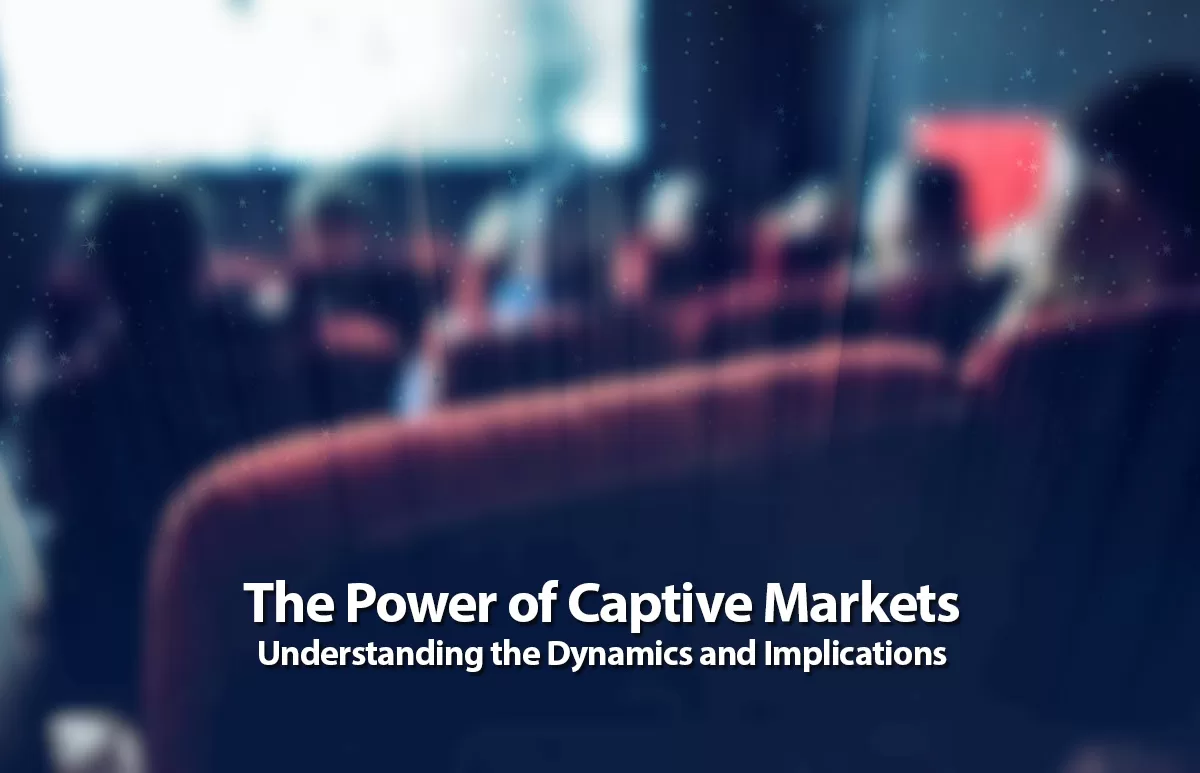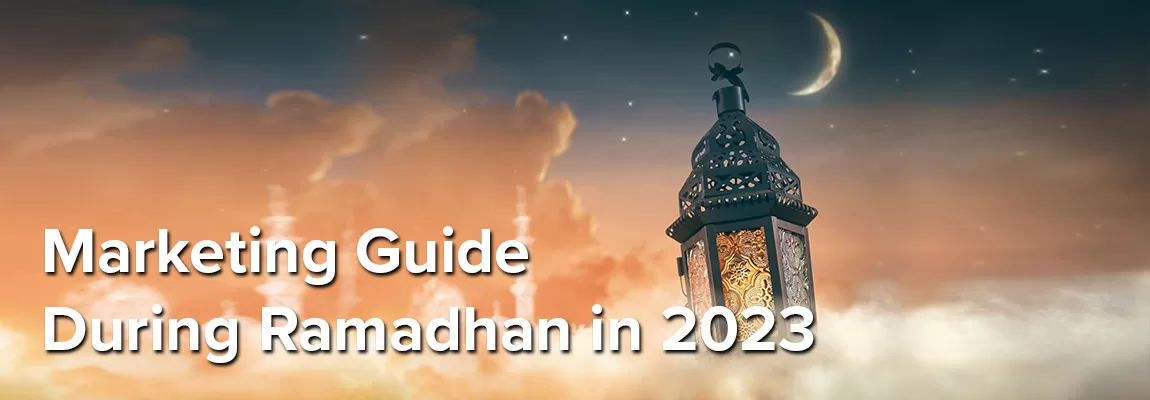Good retail displays are essential in your stores. They entice your customers, engage them in new products, build brand awareness, and drive more sales. However, creating them can be daunting for even the most experienced marketer.
Here is the ultimate guide to creating a compelling retail display.
What is a Retail Display?
A retail display is a physical structure or space used to promote and sell merchandise in a retail environment. Retail displays can be found in both physical stores and digital stores.
They are typically used to showcase products in an appealing way, to attract customers, and to encourage them to make a purchase.
Why are Retail Displays so important?
Retail Displays offer a powerful platform to enhance brand awareness by showcasing a brand’s unique identity and products, introducing new products or seasonal items through captivating displays generates excitement and interest among shoppers. Furthermore, well-organized displays improve the overall shopping experience, guiding customers through the store and making their journey more enjoyable.
With a significant percentage of purchase decisions (up to 76%) being made right in the store, the impact of retail displays cannot be underestimated as they often become the deciding factor to clinch a sale. Whether implemented on a grand scale or a more modest one, the outcomes can be remarkable.
For instance, a recent survey demonstrated that introducing products through novel displays can lead to a staggering surge in sales, with potential increases reaching up to 478%.
Types of Retail Display
There are various types of retail displays, each serving different purposes and catering to diverse product categories.
Here are some common types of retail displays:
Window Displays
Placed in store windows, these displays aim to attract passersby and create a solid first impression. They often showcase the store’s latest products, promotions, or themed arrangements to entice customers into the store.
Gondola Displays
Gondola displays are shelving units placed along store aisles. Retailers use them to organize and present a wide range of products, making them easily accessible to customers.
Dump Bins
Dump bins are large containers, often placed near checkout counters or high-traffic areas, to hold discounted or promotional products. Customers can sift through these bins to find deals and special offers.
Showcase Displays
Enclosed with glass or transparent materials, showcase displays are used to exhibit valuable or delicate items, such as jewelry, electronics, or high-end products.
Mannequin Displays
Primarily used in fashion retail, mannequin displays showcase clothing and accessories on realistic mannequins to demonstrate how the items can be styled and worn.
Each type of retail display serves a unique purpose in presenting products, creating an appealing shopping environment, and influencing customer behavior. Retailers often use a combination of these display types to optimize their store layouts and enhance the overall shopping experience.
So What is a Good Retail Display?
Indeed, the process of creating effective retail displays demands a thoughtful and creative approach. Achieving success requires strategic placement, captivating designs, and seamless communication with store teams.
At CVI, our focus is on ensuring that your retail displays shine in every store. Whether you are organizing store-wide sales or launching new products.
Reach out to us to learn more about how we can help you elevate your retail displays and achieve remarkable results.








